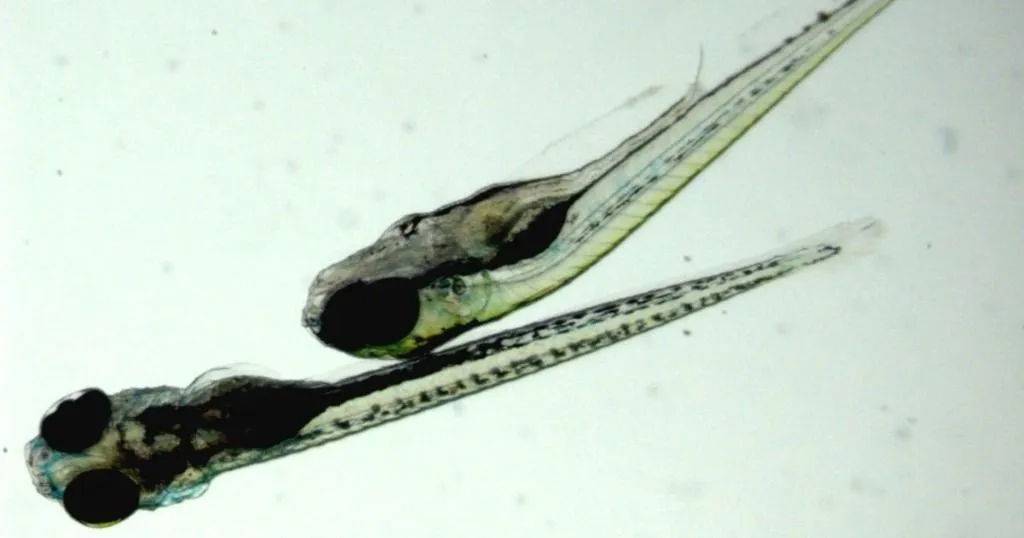What is DanioVision? A brief insight in zebrafish tracking
In this blog we provide a quick refresh on the topic of zebrafish, and how DanioVision contributes to this field.
Posted by
Published on
Wed 01 Sep. 2021
Topics
| Danio Rerio | EthoVision XT | Fish | Zebrafish | Ecosystem | DanioVision |
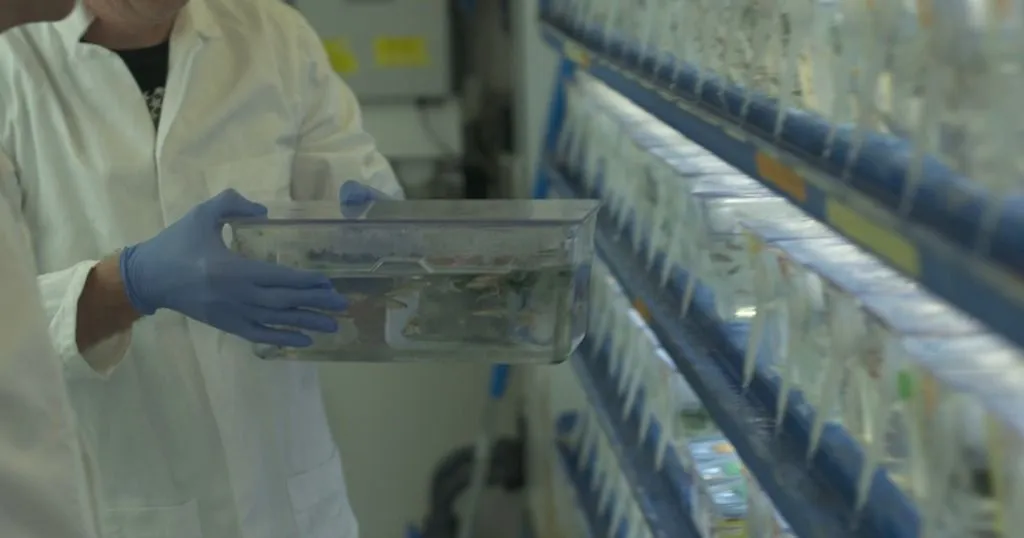
A small fish might not be the first thing that comes to mind in (neuro)biological studies. Nonetheless, the zebrafish (Danio rerio), a tropical fish native to Southeast Asia, has been used as a model organism since the 1960s, although only gaining popularity since the 1990s/2000s.
The zebrafish:- is small and robust
- reproduces, and grows, at an extremely fast rate
- is cheaper to maintain than mice
These are among the many advantages of the use of the zebrafish as a model organism, but most importantly, the complete genome of the zebrafish has been sequenced, which uncovered 70 per cent shared genes with humans.
What is DanioVision? A brief insight in zebrafish tracking
The zebrafish combines some of the best features of other model organisms. But one extremely useful characteristic is it’s transparent embryonic and larval stage. This makes it possible to label specific cells (for example with GFP), allowing researchers to externally examine the internal development of blood vessels, muscles and the nervous system using a low-power microscope. This gives a unique insight into vertebrate development.
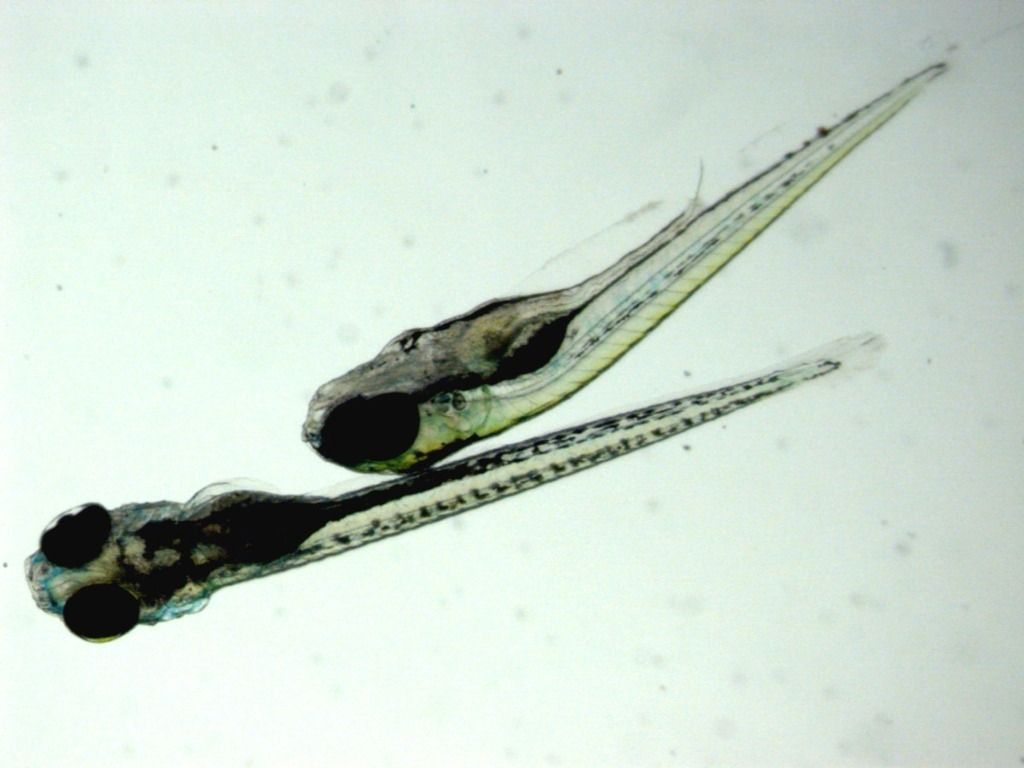
A complete, but customizable, turn-key system
Cleverly named DanioVision, this complete system is specifically designed for the purpose of studying zebrafish larvae activity, movement patterns and other basic measurements. This can reveal information on stereotypic and epileptic behaviors, circadian rhythmicity, motor control, movement disorders, neural development, and more. Making this an essential tool for researchers to implement high-throughput testing of zebrafish larvae. DanioVision is however not limited to zebrafish. Other organisms such as amphibians (in the tadpole stage), larval fruit flies (Drosophila Melanogaster) and even juvenile cuttlefish (Sepia Bandensis) are studied using this system.

DanioVision consists of an observation chamber integrated with EthoVision XT video tracking software. The design of the chamber is standardized in order to observe larvae, tadpoles or other juvenile models in standard ANSI and SBS compliant multi-well plates. DanoVision’s observation chamber shuts out external light, absorbs vibrations as much as possible and has an add-on temperature control unit. This ensures a controlled and stable testing environment.
A backlit plate holder provides even lighting across the well plate and ensures that your plate or other container is placed in the exact same position every time, making video recalibration between trials a thing of the past.
For a detailed description, and all possible features and add-ons of the DanioVision system, check out this page!

The power of the zebrafish
The real importance of zebrafish research with the DanioVision system is brought to light by the sheer impact of recent published papers on this model organism. Treatments of neurodevelopmental disorders, such as epilepsy, have been investigated with the use of a mutant Dravet syndrome line in a recent study by Banerji et al [1]. Griffin et al also performed crucial phenotypic analysis of epilepsy in zebrafish as part of ‘the Epilepsy Zebrafish Project’ [2].
Further research topics can include, but are not limited to, muscle disorders [3], senescence [4] and even ALS [5].
Zebrafish research is however not limited to neuroscience. Environmental studies on the toxicity of herbicides and its detrimental effects on aquatic vertebrates (Ecotoxicology), have been recently performed by Yuan et al [6]. Which since the start of the industrial revolution remains a complex problem. Also the use of insecticides and its effect on behavior has been studied [7].
Small, but not overlooked
This is not the first, and will not be the last, post on zebrafish as a model organism (Check out this page to find more blog posts on this topic). Here at Noldus, we find it important to keep emphasizing the scientific importance, and it’s relevance towards the scientific community and public health.
This is why we want to keep you up to date with the latest developments and insights in the zebrafish research field and how DanioVision can contribute to creating a better understanding of this not-to-be overlooked “small fry” and it’s ever-growing scientific reach.
References
[1] Banerji, R., Huynh, C., Figueroa, F., Dinday, M. T., Baraban, S. C., Patel, M. (2021). Enhancing glucose metabolism via gluconeogenesis is therapeutic in a zebrafish model of Dravet syndrome. Brain Commun., 3 (1)
[2] Griffin, A. et al. (2021). Phenotypic analysis of catastrophic childhood epilepsy genes. Commun. Biol. 2021 41, 4 (1), 1–13
[3] Hsu, P.-J. et al. (2021). l-Carnitine ameliorates congenital myopathy in a tropomyosin 3 de novo mutation transgenic zebrafish. J. Biomed. Sci. 2021 281, 28 (1), 1–21
[4] Liu, J. et al. (2021). Resveratrol Alleviates 27-Hydroxycholesterol-Induced Senescence in Nerve Cells and Affects Zebrafish Locomotor Behavior via Activation of SIRT1-Mediated STAT3 Signaling. Oxid. Med. Cell. Longev., 2021
[5] Soll, M., Goldshtein, H., Rotkopf, R., Russek-Blum, N., Gross, Z. (2021). A Synthetic SOD/Catalase Mimic Compound for the Treatment of ALS. Antioxidants 2021, Vol. 10, Page 827, 10 (6), 827
[6] Yuan, W. et al. (2021). Effects of sulfometuron-methyl on zebrafish at early developmental stages. Ecotoxicol. Environ. Saf., 220, 112385
[7] Faria, M. et al. (2021). Androgenic activation, impairment of the monoaminergic system and altered behavior in zebrafish larvae exposed to environmental concentrations of fenitrothion. Sci. Total Environ., 775, 145671
Related Posts
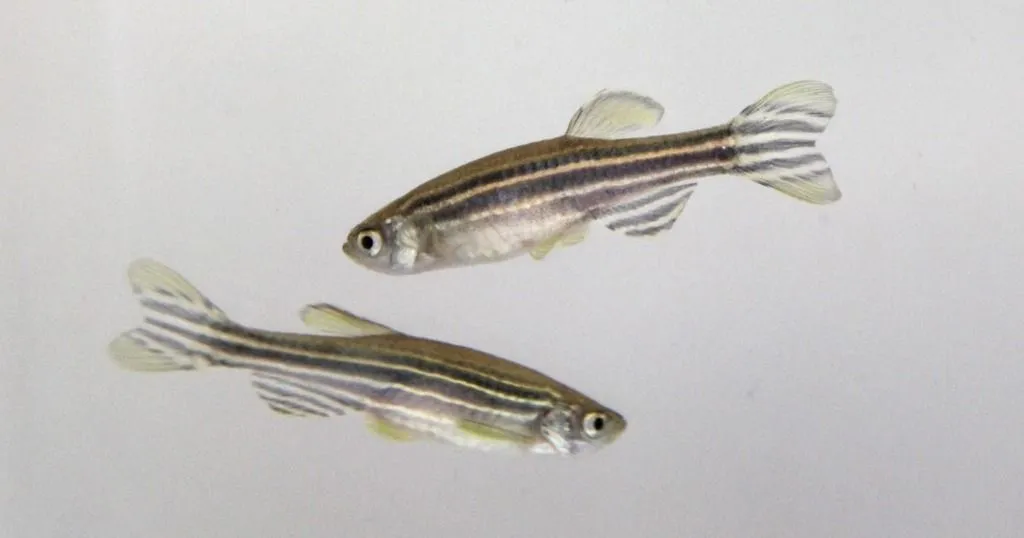
Inhibitory avoidance learning in zebrafish (Danio rerio)
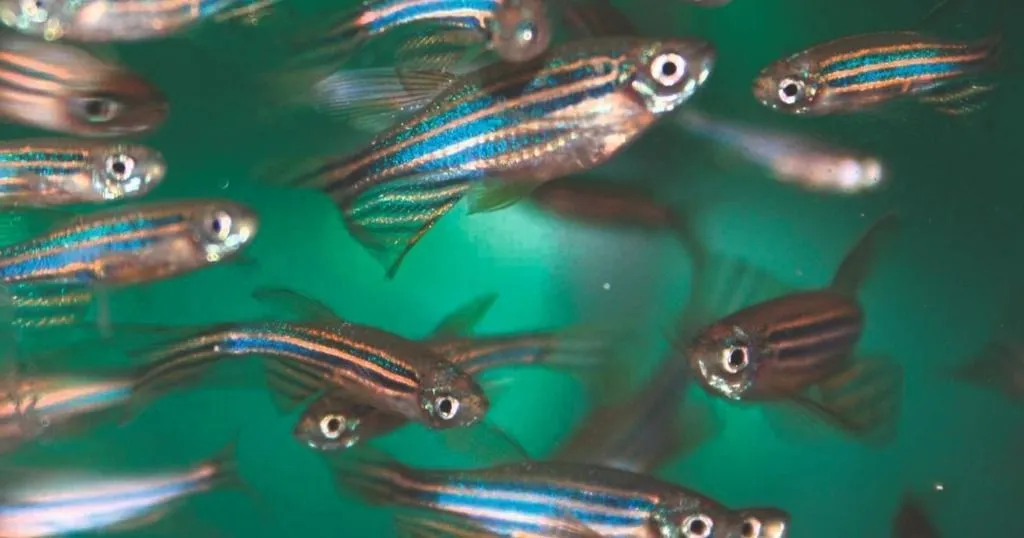
Isolated and stressed zebrafish as a model for major depression
